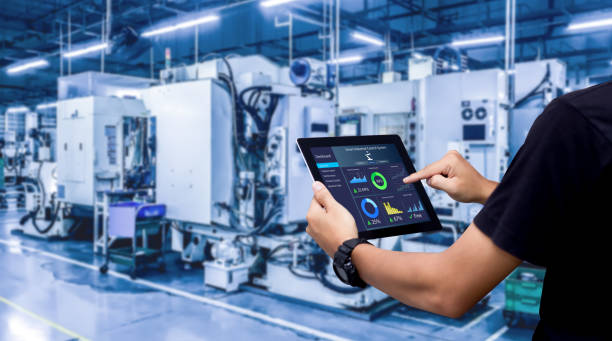Meeting Compliance Standards Across Global Manufacturing Sites
Meeting regulatory and internal compliance standards across multiple manufacturing locations requires coordinated processes, consistent data, and adaptive systems. This article outlines practical approaches for aligning automation, supply chain controls, facility practices, and sustainability goals to ensure uniform compliance while enabling operational scalability and risk management.

Global manufacturing organizations face a complex compliance landscape as regulations, customer expectations, and internal standards vary by country and region. Achieving consistent compliance demands integrated processes that align automation, procurement, logistics, and facility practices with safety and sustainability goals. Practical governance, clear responsibilities, and reliable data flows help operations teams interpret requirements, implement controls, and demonstrate adherence across diverse sites.
How does manufacturing automation support compliance?
Automation can standardize repetitive tasks, reduce human error, and create auditable records that support compliance. On the plant floor, programmable logic controllers, MES (Manufacturing Execution Systems), and process control applications enforce setpoints, sequence steps, and trigger alerts when parameters drift outside permitted ranges. Automated logging of events, batch data, and maintenance actions creates a traceable history useful for inspections and corrective action. However, automated systems themselves require validation, version control, and secure access management to ensure the controls they enforce remain compliant across all sites.
What role do supply chain and procurement controls play?
Procurement policies and supply chain governance affect compliance upstream and downstream. Controls on supplier selection, contract terms, and incoming material verification reduce risks related to counterfeit parts, restricted materials, or nonconforming goods. Clear supplier qualification processes, documented audits, and consistent requirements for certifications and test reports help align external partners with internal compliance expectations. Visibility into the supply chain—supported by vendor scorecards and digital procurement systems—enables faster response when regulatory changes or recalls occur.
How do logistics and facility management affect standards?
Logistics and facility practices determine how materials move, are stored, and are handled—activities central to safety and regulatory requirements. Proper warehousing protocols, temperature and humidity controls, segregation of hazardous materials, and chain-of-custody documentation are essential for compliant logistics. Facility-level infrastructure such as ventilation, spill containment, emergency exits, and waste handling must meet local codes and corporate policies. Coordinated facility audits, standardized site layouts where feasible, and common operating procedures support consistent application of these controls.
How should operations and maintenance be structured for safety and compliance?
Operations and maintenance teams are the daily implementers of compliance measures. A risk-based preventive maintenance program reduces equipment failures that can lead to safety incidents or noncompliance. Standard operating procedures, competency-based training, and clear permit-to-work processes ensure staff understand regulatory requirements and site-specific hazards. Digital work orders, maintenance histories, and inspection checklists produce evidence for regulators and support continuous improvement when root-cause analyses identify systemic issues.
How does sustainability integrate with compliance efforts?
Sustainability objectives increasingly intersect with regulatory compliance—for example, emissions limits, waste reduction mandates, and reporting obligations. Embedding sustainability metrics within compliance programs encourages alignment between environmental goals and operational controls. Energy management, material substitution, and lifecycle assessments can reduce regulatory exposure and demonstrate progress in sustainability reporting. Centralized data collection and standardized measurement methods enable consistent sustainability disclosures across global sites.
How can scalability and global oversight maintain consistent compliance?
Scalability depends on repeatable frameworks that can be adapted to local conditions. Central governance should define minimum compliance requirements, while regional teams tailor implementation to local laws. Common digital platforms for quality, EHS (environment, health, and safety), and maintenance enable consistent recordkeeping and remote monitoring. Regular cross-site audits, benchmarking, and knowledge sharing help spread effective practices. Risk-based prioritization focuses limited resources where noncompliance would have the greatest impact, allowing compliance programs to scale with growth.
Conclusion
Meeting compliance standards across global manufacturing sites is an ongoing program that combines technology, process design, and people. Integrating automation, supply chain controls, logistics, facility management, operations, and maintenance into a cohesive compliance framework improves traceability and reduces risk. Aligning sustainability objectives and designing scalable governance ensures that as organizations expand, compliance remains demonstrable and consistent across regions.





